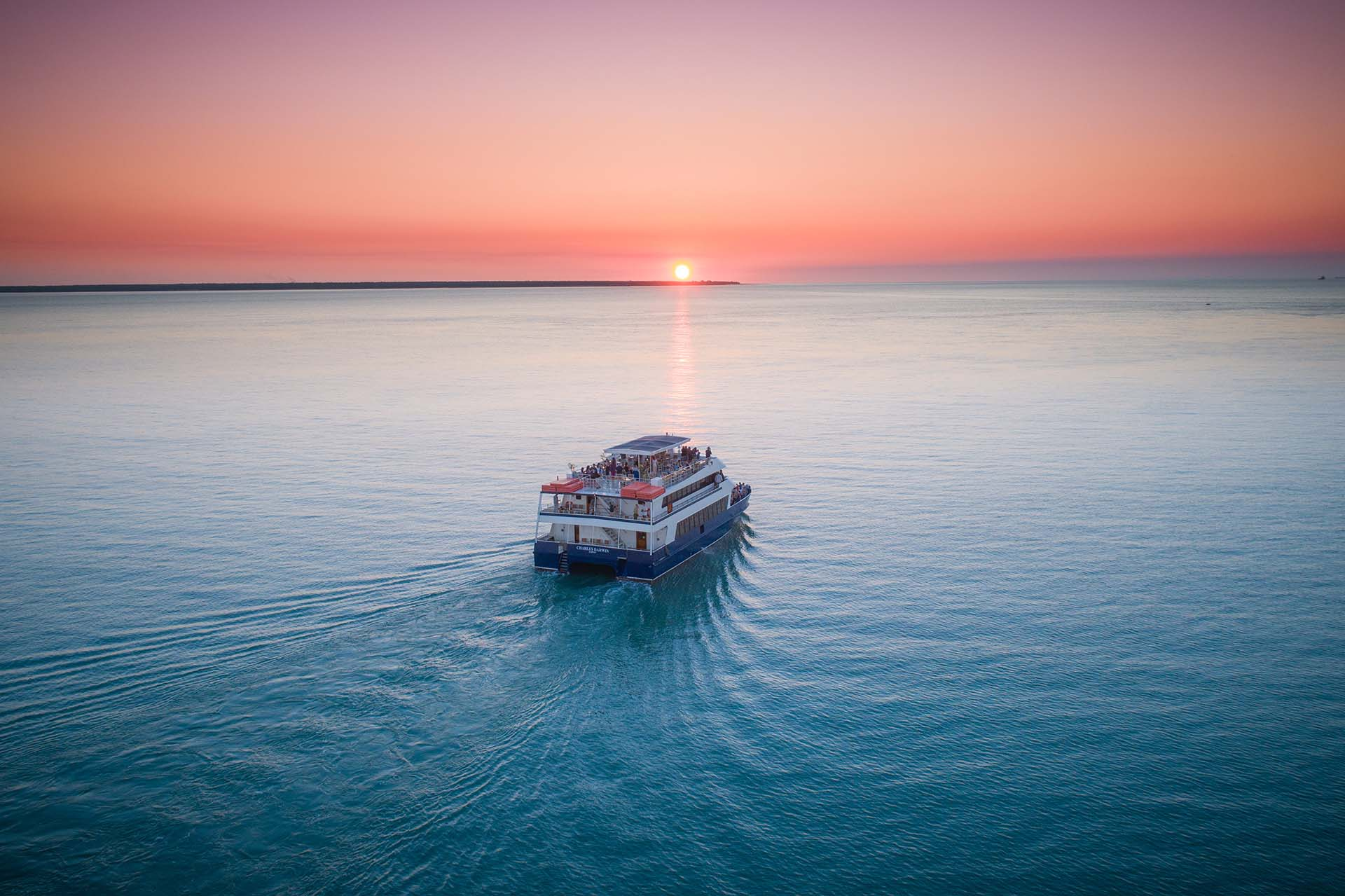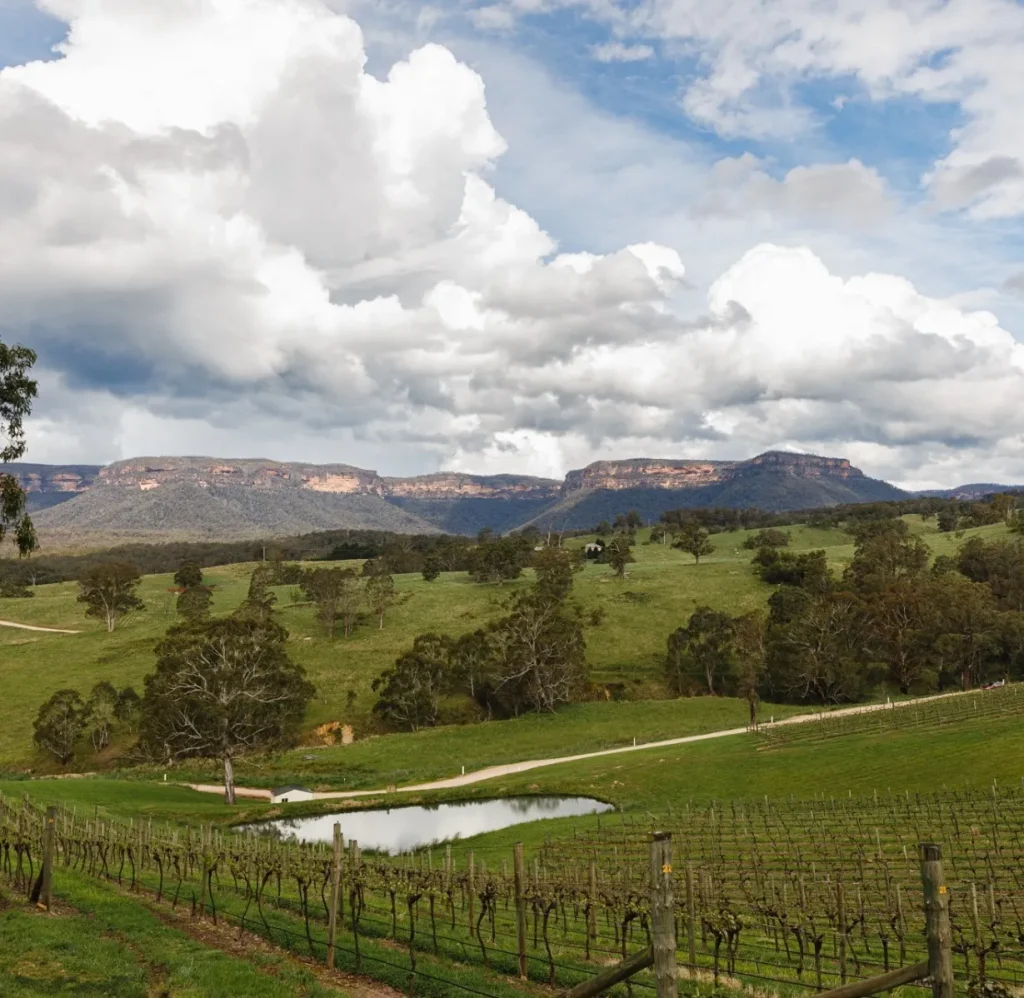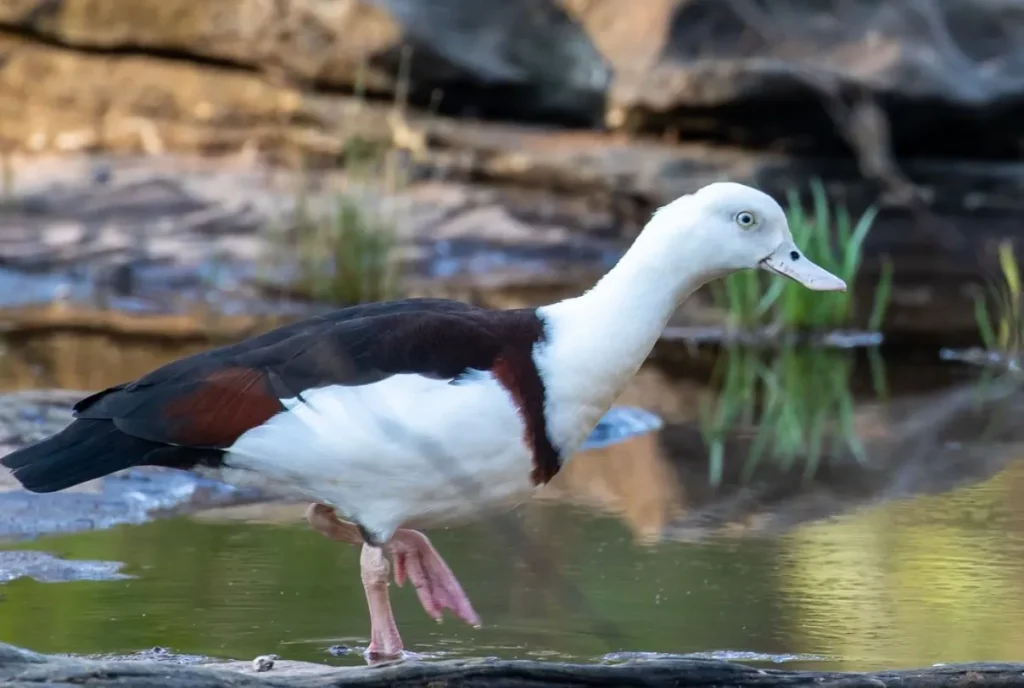Discovering the best time to visit Darwin hinges on understanding the city’s tropical climate and aligning your travel plans with the experiences you seek. With its distinct Wet and Dry seasons, each offering unique attractions and weather conditions, the capital of Australia’s Northern Territory promises a memorable trip tailor-fit to each visitor’s preferences. In this guide, we delve into the nuances of Darwin’s climate, highlight the top times for various activities, and outline what you can anticipate during different parts of the year so that you can plan your perfect Darwin adventure.
Understanding Darwin’s Weather Patterns

Darwin’s unique geographical location at the top end of Australia gifts it with a tropical climate marked by two distinct seasons: the Wet and the Dry. Travelers often base their travel decisions on these climatic variations. The Wet season, from November to April, is characterized by high humidity, monsoonal rains, and thunderstorms. Conversely, the Dry season, lasting from May to October, brings clear skies, lower humidity, and cooler temperatures, making it the most popular time for visitors. The table below illustrates the average temperature and precipitation throughout the year, helping you plan according to the weather you prefer.
| Month | Average High (°C) | Average Low (°C) | Average Precipitation (mm) |
|---|---|---|---|
| January | 31 | 25 | 420 |
| February | 31 | 25 | 374 |
| March | 32 | 25 | 316 |
| April | 33 | 24 | 100 |
| May | 32 | 22 | 20 |
| June | 31 | 20 | 2 |
| July | 31 | 19 | 1 |
| August | 31 | 20 | 5 |
| September | 33 | 23 | 15 |
| October | 33 | 25 | 71 |
| November | 33 | 26 | 140 |
| December | 33 | 26 | 250 |
The Dry Season (May to October) – Peak Tourist Season
The Dry season boasts an idyllic climate for those who wish to immerse themselves in Darwin’s outdoor lifestyle and the bustling atmosphere of the peak tourist season. During these months, the lack of rain and cooler evenings make for comfortable sightseeing and participation in a multitude of
darwin tours
and activities, from exploring national parks to enjoying seaside markets. The Dry season is also an excellent time for fishing enthusiasts to visit, with the Runoff period from February to April being particularly noted for barramundi fishing.
Reasons to Visit Darwin in the Dry Season
The reasons to visit Darwin in the Dry Season are abundant. From outdoor adventures to cultural events, there’s something for everyone:
- Outdoor Activities: Experience hiking, biking, and fishing under clear skies.
- Festivals and Events: Enjoy the Darwin Festival or the vibrant Mindil Beach Sunset Markets.
Besides favorable weather and exciting events, the Dry season offers visitors the chance to witness a thriving city life and energetic nightlife. However, this popularity comes with increased prices and the need for early booking to secure accommodations and activities.
The Wet Season (November to April) – The Green Season
Exploring Darwin during the Wet season presents an entirely different perspective. The city transforms with intense monsoon rains and thunderstorms, awakening the lush landscapes and waterfalls around the region. While some attractions might not be accessible due to flooding, the sheer beauty and power of nature during these months are unparalleled. Additionally, the Wet season is a period for fewer tourists, which means better deals on accommodations and tours.
Unique Attractions of the Wet Season
The Wet season has its own unique attractions that appeal to nature lovers and those looking for a more tranquil visit:
- Waterfalls at Their Peak: Behold the thundering waterfalls in Litchfield and Kakadu National Parks.
- Lightning Shows: Witness spectacular thunder and lightning displays that light up the sky.
Moreover, the Wet season’s natural phenomena can often lead to extraordinary wildlife spotting opportunities as animals emerge to make the most of the abundant water sources. Travelers should be prepared for potential itinerary changes due to weather conditions and may want to engage in more indoor or covered activities during heavy rainfall.
Shoulder Months – Transitioning Times
Shoulder months, such as April and September, serve as transitional periods offering the best of both worlds. These months can provide temperate weather and fewer crowds, and often retain the lower accommodation prices seen in the Wet season. Moreover, the landscape remains lush from the preceding Wet season rains, while most of the tourist-driven business and national parks are fully operational.
Comparing the Costs: High and Low Seasons
Cost is a significant factor when planning a trip to Darwin, and there are clear distinctions between high and low season pricing. The Dry season typically sees a surge in prices due to the high demand for accommodations and
darwin tours
. Conversely, the Wet season’s lower tourism numbers often result in more competitive rates for travelers. Always look for early bird specials or last-minute deals, and consider booking well in advance to secure the best prices, especially if traveling during the peak season.
Wildlife Watching: When to See Darwin’s Natural Inhabitants
Darwin and its surrounding areas are rich with unique wildlife that can be observed throughout various times of the year. Depending on the animals you’re interested in, here’s a look at the optimal visiting times:
- Turtle Nesting: Witness this incredible event from October to December.
- Bird Migrations: See migratory birds form September to April.
Regardless of your wildlife interests, Darwin offers year-round opportunities to engage with nature, whether it’s crocodile spotting on a river cruise or bird watching in one of the many national parks.
Conclusion
In conclusion, the best time to visit Darwin ultimately depends on your individual travel preferences. Whether you’re enticed by the bustling markets and clear skies of the dry season or the verdant landscapes and majestic storms of the wet season, Darwin has something to offer every traveler. By considering the factors outlined in this guide, you can effectively choose the time that will provide you with the most fulfilling and enjoyable travel experience.
FAQs
Q1: Is it safe to visit Darwin during the wet season?
A1: Yes, it’s safe to visit Darwin during the wet season, but be prepared for heavy rainfall, potential storms, and high humidity. Some attractions might be closed due to weather conditions, so it’s important to check in advance and plan accordingly.
Q2: Can I see the famous Kakadu waterfalls in the dry season?
A2: The Kakadu waterfalls are most spectacular in the wet season, but some remain accessible and impressive during the dry season, particularly at the start of the dry season when water levels can still be high.
Q3: Are there any health concerns to consider when traveling to Darwin?
A3: Visitors should be mindful of the tropical climate, which can include risks of dehydration, sunburn, and heatstroke. During the wet season, there is also an increased risk of tropical diseases such as dengue fever, so proper precautions, including vaccinations and mosquito repellent, are advised.
Q4: What are some must-attend festivals in Darwin?
A4: Some of the must-attend festivals include the Darwin Festival in August, which is a vibrant mix of music, theatre, and dance, and the Mindil Beach Sunset Market (operating from late April to October), where you can enjoy local arts, crafts, and cuisine under the setting sun.
Q5: Is it recommended to rent a car when visiting Darwin?
A5: Renting a car is a great option for those who wish to explore the surrounding areas at their own pace, especially considering the limited public transport options outside the city. It provides flexibility to travel to national parks and remote attractions that are difficult to access otherwise.



